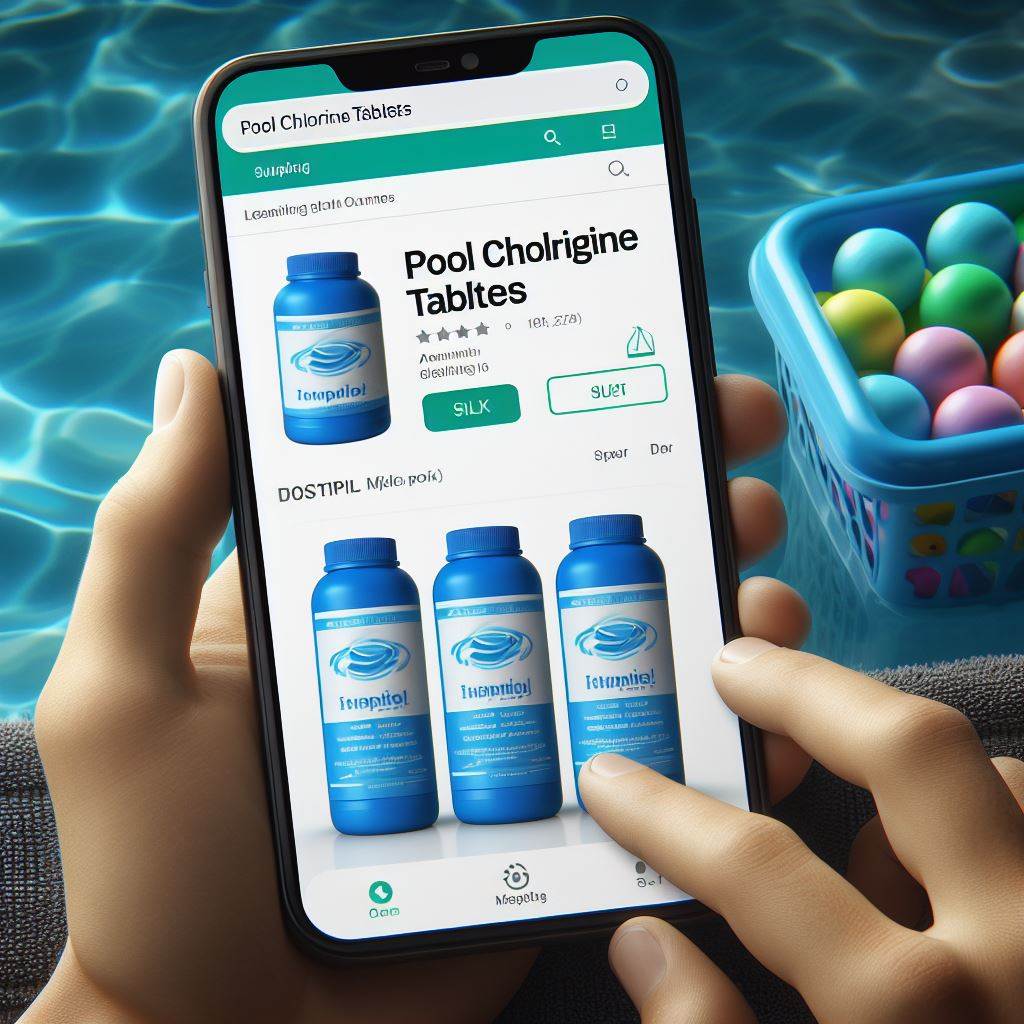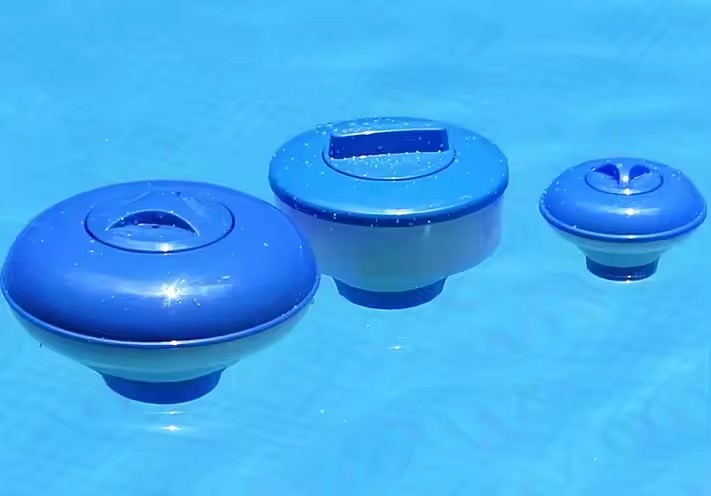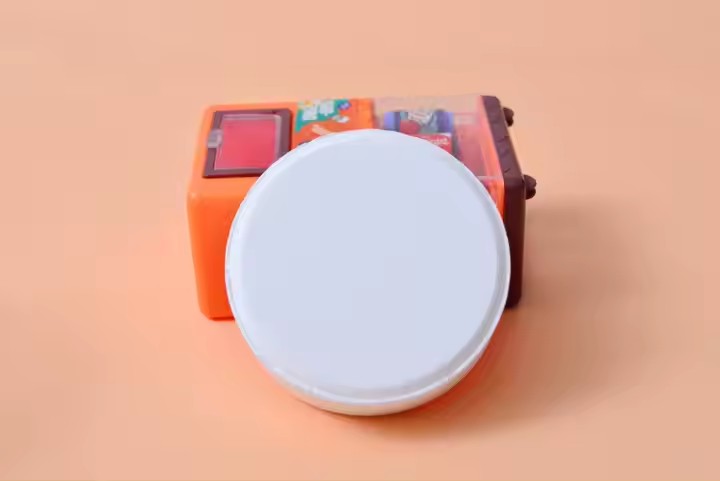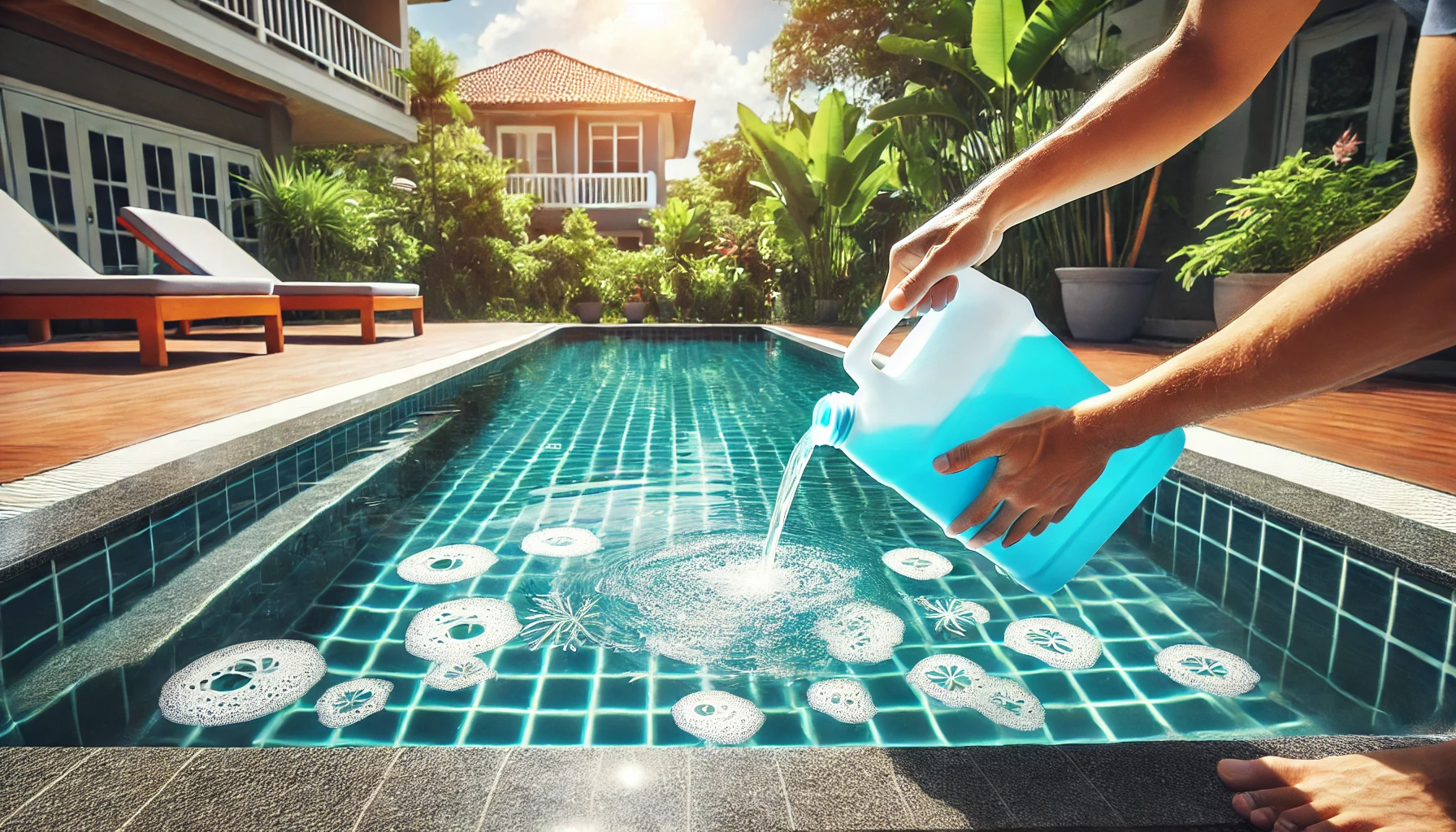In the process of maintaining family swimming pool cleanliness, using the right chlorine tablets is key to ensuring water quality and cleanliness. Products from different pool chlorine tablet manufacturers may differ significantly in composition, dissolution rate, durability, and environmental friendliness. This detailed discussion will explore these differences and how they impact pool water management.

1. Composition Differences
Chlorine tablets primarily consist of Trichloroisocyanuric acid (TCCA) or Sodium dichloroisocyanurate (NaDCC), both of which effectively release chlorine but have different characteristics and suitable environments.
- Trichlor Tablets: These tablets have a high chlorine content (typically 90%) and therefore very strong disinfectant capabilities. Their pH value is usually quite low, between 2 and 3, meaning additional pH adjustment may be necessary. Trichlor tablets dissolve slowly, suitable for prolonged placement in water, and gradually release chlorine, making them perfect for commercial use or large pools.
- Dichlor Tablets: Conversely, dichlor tablets have a lower chlorine content (about 60%), with a pH value closer to neutral, so they have less impact on pool water pH balance, making them suitable for family pools. These tablets dissolve quickly and are ideal for situations requiring rapid water quality adjustments.
Moreover, different manufacturers might add various stabilizers and solvents to their formulations, influencing the overall effectiveness and suitability of the chlorine tablets for different environments.
2. Dissolution Rate
The dissolution rate is a key factor in measuring the efficiency of chlorine tablets, with different rates suited for different needs.
- Fast-dissolving Tablets: Designed for rapid reaction and handling, especially suitable for quickly cleaning situations like post-heavy rain or sudden water quality issues. These tablets can significantly improve water quality within minutes.
- Slow-dissolving Tablets: Designed for prolonged release, suitable for routine maintenance and keeping water quality stable. The advantage of these tablets is that they reduce the frequency of maintenance, suitable for less frequently used pools or during seasonal pool closures.
3. Durability and Efficiency
Durability is an important indicator of chlorine tablet quality, with high-quality tablets providing more prolonged protection.
- High-durability Tablets: These tablets typically contain stabilizing additives that slow the evaporation of chlorine, allowing the tablets to remain effective in water for a longer period. This reduces maintenance frequency and costs, making them suitable for large pools or commercial facilities where maintenance cost and convenience are key considerations.
- Low-durability Tablets: Although these may be cheaper initially, they require more frequent replacement and supplementation, making them suitable for small family pools where the user can more frequently check and adjust water quality.
4. Safety and Environmental Friendliness
The environmental impact and safety to human health are also important considerations when choosing chlorine tablets.
- Eco-friendly Tablets: These tablets usually use environmentally friendly formulations that do not contain harmful chemicals, making them safer for both pool users and the environment. Although they may cost a bit more, they provide a healthier water environment in the long term.
- Non-eco-friendly Tablets: These products may contain cheaper chemical additives that could be harmful to human health or the environment. They may cause skin irritation or have negative effects on aquatic life.
Conclusion
Wisely choosing the right chlorine tablets for your pool conditions is crucial for maintaining water quality. Understanding the composition, dissolution rate, durability, and environmental performance of different manufacturers’ chlorine tablets can help pool owners make more appropriate choices, ensuring the safety and cleanliness of pool water while considering environmental and health factors. By comprehensively considering these aspects, you can effectively improve the efficiency and safety of pool maintenance.


